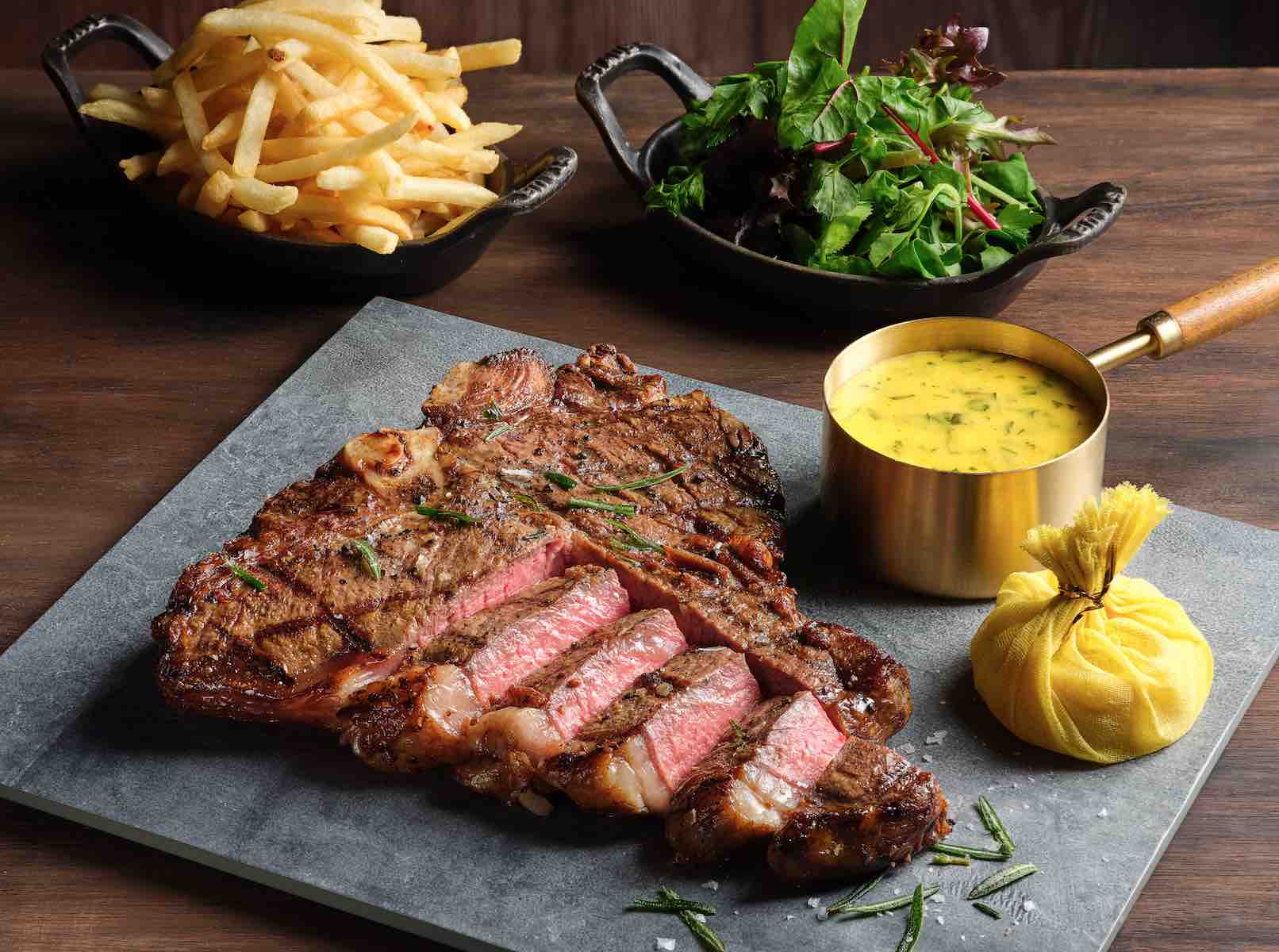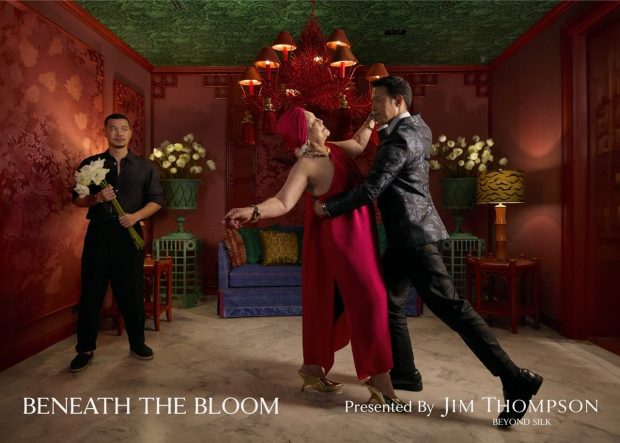Wagyu beef, renowned for its unparalleled marbling and luxurious taste, represents the pinnacle of culinary artistry. Originating from Japan, the term “Wagyu” translates to “Japanese cow,” and it’s more than just a label; it’s a testament to centuries-old traditions. Breeding practices, regional nuances, and meticulous attention to detail ensure that every cut of Wagyu tells a story of dedication.
Historically, Wagyu cattle were bred for their strength and endurance, traits that contributed to their unique fat distribution. Over time, these characteristics evolved into the intricate marbling that distinguishes Wagyu beef today. This marbling isn’t just visually striking; it’s integral to the steak’s melt-in-your-mouth texture and rich flavor profile.
Modern Wagyu production preserves this heritage while adapting to contemporary demands. Each region in Japan, from Kobe to Miyazaki, boasts its own distinctive approach, resulting in nuanced flavors and textures. This commitment to regional craftsmanship ensures that Wagyu remains an enduring symbol of Japanese culture and culinary excellence.
The Art of Breeding: A Foundation of Excellence
Behind every premium Wagyu steak is a painstakingly refined breeding process. Farmers select cattle based on genetics, ensuring traits like fine marbling and tender texture are passed down through generations. This selective breeding is the cornerstone of Wagyu’s superiority.
Cattle are raised in stress-free environments, with ample space and specialized diets that often include a mix of grains, rice straw, and even beer. These diets not only enhance the cattle’s health but also contribute to the development of their signature fat distribution. The emphasis on welfare ensures the meat’s quality, as stress can negatively impact the flavor and texture.
The breeding process also extends to crossbreeding initiatives. In regions outside Japan, such as the United States and Australia, Wagyu cattle are often crossed with Angus or other breeds. While these hybrid steaks retain some Wagyu traits, purists argue that they lack the depth and authenticity of 100% Japanese Wagyu.
Feeding and Care: A Labor of Love
The extraordinary quality of Wagyu beef begins with the daily care of the cattle. Farmers approach feeding with scientific precision, tailoring diets to optimize health and marbling. Unlike conventional cattle, Wagyu are often fed for much longer—up to 600 days—to achieve the intricate marbling patterns that define premium cuts.
A typical Wagyu diet includes a blend of high-energy ingredients, designed to encourage the gradual accumulation of intramuscular fat. The process is closely monitored, with adjustments made to ensure consistency in flavor and texture. This meticulous attention reflects the farmer’s dedication to perfection.
Beyond feeding, the overall treatment of the cattle is paramount. Many farmers employ relaxation techniques, such as playing music or providing massages, to keep the cattle calm. This holistic approach underscores the belief that happy cattle produce better beef, a philosophy that has become synonymous with Wagyu production.
The Science of Marbling: Why It Matters
Marbling, the intricate network of fat interwoven within the muscle, is the hallmark of premium Wagyu beef. This characteristic sets Wagyu apart from other steaks, creating a buttery texture and a flavor that’s both rich and balanced. But achieving this level of marbling requires a blend of science and tradition.
The development of marbling is heavily influenced by genetics and diet, but environmental factors also play a role. Stress-free conditions allow for even fat distribution, while precise feeding schedules encourage the gradual buildup of intramuscular fat. This combination of factors ensures that every bite of Wagyu delivers a unique culinary experience.
Marbling isn’t just about aesthetics. The fine threads of fat melt during cooking, infusing the meat with flavor and keeping it moist. This is why Wagyu is often described as “melting in your mouth.”
Regional Varieties: A World of Difference
Each region in Japan offers its unique take on Wagyu, reflecting local traditions, climates, and feeding practices. Kobe, perhaps the most famous variety, is celebrated for its tenderness and balanced flavor. Cattle in this region are raised under strict conditions, ensuring every steak meets exacting standards.
Matsusaka Wagyu, another premium variety, is known for its extraordinary marbling and sweet undertones. This beef often fetches some of the highest prices in the world, a testament to its exceptional quality. Similarly, Miyazaki Wagyu has gained international acclaim, winning awards for its consistency and luxurious texture.
Outside Japan, regions like Australia and the United States have embraced Wagyu production. While these steaks offer unique interpretations of the Wagyu experience, purists argue that the terroir and traditions of Japan are irreplaceable. The global popularity of Wagyu has only enhanced its mystique, drawing attention to its regional roots.
Each regional variation of Wagyu has a story rooted in its environment, and the unique qualities of the beef are deeply influenced by local practices. What sets Wagyu apart is not just its rich marbling but also the harmony of flavor and texture that results from generations of dedication to perfection. Whether it is the velvety softness of Kobe beef or the delicate sweetness of Matsusaka, each variety offers a distinct experience, reflecting the care and precision of its producers. This diversity underscores why Wagyu continues to captivate steak enthusiasts and remains a benchmark for premium quality in the culinary world.
Crafting the Perfect Steak: From Farm to Fork
Transforming premium Wagyu beef into an unforgettable meal requires both skill and respect for the ingredient. Chefs often emphasize simplicity, allowing the natural flavors of the meat to shine. Seasoning is minimal, often limited to a pinch of salt and pepper, to highlight the steak’s inherent qualities.
Cooking techniques are carefully chosen to preserve the delicate marbling. Many chefs prefer methods like sous vide or quick searing to ensure even heat distribution. High heat can render the fat too quickly, compromising the texture, so precise temperature control is critical.
Presentation also plays a key role. Wagyu steaks are often served in smaller portions, encouraging diners to savor each bite. Accompaniments are chosen to complement rather than overpower the meat, with simple sides like roasted vegetables or rice providing a balanced contrast.
The Global Demand for Excellence
Wagyu beef’s rise to global prominence is a testament to its unparalleled quality. Once a delicacy confined to Japan, it is now sought after by gourmands and chefs worldwide. This growing demand has spurred innovation while raising questions about sustainability and authenticity.
To meet international appetites, producers have expanded operations, with countries like Australia and the U.S. becoming significant players in Wagyu production. However, this global reach has also introduced challenges, including the risk of counterfeit products. Regulatory measures and certifications aim to protect the integrity of genuine Wagyu.
Despite these challenges, Wagyu’s appeal remains undiminished. Its combination of tradition, craftsmanship, and luxury ensures its place as one of the world’s most celebrated culinary treasures. For those who appreciate the artistry behind their meals, Wagyu stands as a symbol of what’s possible when passion meets precision.







